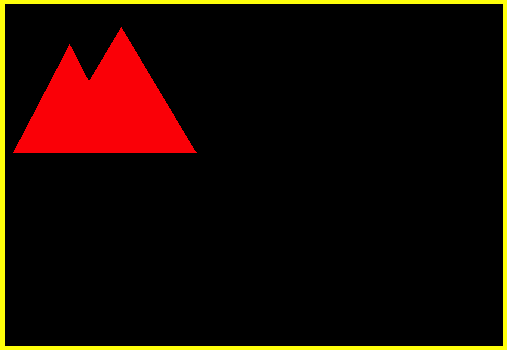Qeyterara
Qeyterara is a small landlocked country located in southeastern Keltia, midway between Lake Cherusken and the Strait of Haifa. Although not politically linked, Qeyterara shares many of the attributes of the former Solomonic Empire of Attera and is a cultural successor to that nation. Qeyterarans inherited the Atran language (Amharic) and are descended from Atran/Atteran stock.
Etymology
The name Qeyterara comes from the Atran (Amharic) words "qey", meaning red, and "terara", meaning mountain. Thus the name of the country means "Red Mountain" and is a reference to the mountain which the capital of Terara Abeba is located at. The mountain has long been a symbol of the country, and the fortress of Terara Abeba has served for centuries as a safe haven against the violent bush tribes.
History
The Solomonic Empire of Attera settled much of eastern Keltia, at one time occupying nearly everything west of Lake Tulsa. This widespread dissemination of Atran culture and people dominated the landscape for several millennia. After the fall of Attera the Atran people went into sharp decline, displaced by the influx of Sino-Keltian cultures originating around Chi Nam, Kampong and others. Upon the ruins of Argaath Perez, one-time capitol of the Atteran state of Argaal, the foundations of Qeyterara were laid.
Subject to raids from savage bush tribes, local inhabitants sought safety in the ruins of Argaath Perez. The city had once been a grand fortress and even in a state of extreme neglect still afforded some protection. As such the ruins became a redoubt against the bush tribes, frequented more and more by farmers and others who could not withstand the onslaught of the raiders. After several years of repeated retreats to the ruins, a farmer named Kamal took lead of the disorganized defenders and began rebuilding the ruined fortress. The rebuilt city offered permanent year-round protection, and locals flooded in to the safety it offered. Kamal styled himself Negus (King) and named his small state Qeyterara, for the red-tinged mountain that sits adjacent to the city. The city itself Kamal called Terara Abeba (Mountain Flower), as from a distance it appeared as no more than a small flower against the base of the great Mount Qey.
